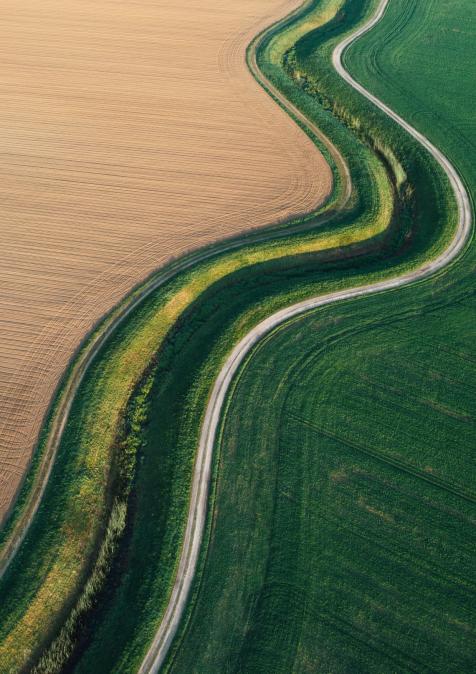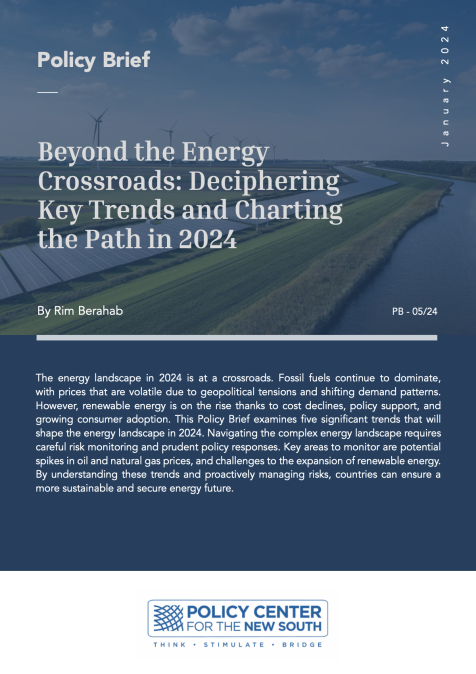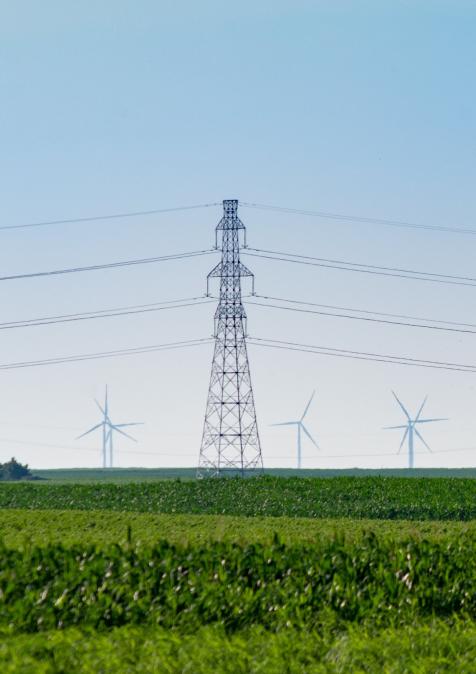Publications /
Opinion
Who would cry because a whale has died, thrown onto a beach somewhere on our globe by a giant wave, the noble mammal ceasing to breathe through its blowhole in the head. No news on television, possibly a note on the third page of a local newspaper. Eight billion humans, most struggling to survive themselves, will never know or care. A pilot whale has died in Southern Thailand, after consuming more than eighty black plastic bags? A sperm whale discovered dead on a beach of Spain, whose life was ended, a veterinarian confirmed, because the whale had consumed 29 kilos of plastic, which caused an inflammation of the abdomen and then death? So what? Migrants drown each day, look at Libya, and watch the coast of Greece. Another whale found dying off the coast of Norway, apparently suffocated because he confused 30 plastic bags with natural food and was not scared off by labels written in English and Danish, the whale digested them as well.
Sad indeed, for those who can detect the signs of disaster, the slow death of our planet. Climate change, we know, and are alarmed, except Donald Trump, for whom the only cataclysm is a washed-out golf weekend. Now the death of our ocean, poisoned by plastic, damaged by waste and debris, symbolizing consumerism and carelessness. The ocean and seas misused as gigantic garbage dumps, eight to nine billion tons yearly. Mainly plastic, which will not dissolve in 1,000 years. Plastic is menacing 700 ocean and sea species, depending on clean water and not industrial waste, excrements, used oil, dumped by cruise ships and fisher boats, plastic and again plastic, disposed by 192 coastal nations of the world, including the European Community, which jettisons 100,000 tons yearly into the sea. Our fish resources are endangered, touched by microplastic bits and chemicals. One day, who knows, fish will contain too much plastic, forever inedible. Scientists are warning of dramatic changes, if, for example, the arctic melts during the next decade, which would lead to trillions of bits of plastic to be released into the water, likely to be consumed by fish. Nibble and nibble, bit by bit and, possibly, cancer at the end? No exaggeration, no false alarm or fake news on some beaches on the Big Island of Hawaii, as much as 15 percent of the sand is not sand, but actually grains of microplastic.
The Last Battle Between Good and Evil
The plasticization of our oceans and seas is more advanced than feared --at a global summit in Nairobi last December the head of the UN Environment Program spoke of an “Ocean Armageddon,” the last battle between good and evil before the Day of Judgement. Too biblical, too provocative or alarming? The truth is shocking: mountains of plastic, some reaching out over 1.6 million square kilometers, their estimated weight 80,000 tons of plastic in the center, have formed over the last decades, reaching into unknown depth with unpredictable consequences, containing plastic, chemical sludge and other debris that have been trapped by the currents of the North Pacific Gyre. These Himalayas of the sea known as the “Great Pacific Garbage Patch,” or the “North Atlantic Garbage Patch,” are floating and are becoming more menacing and gigantic by the day. Scientists observe these incredible patches through satellites and aircraft, alerting ecologists and merchant ships about movement and currents delivering more plastics that hook up or form their own islands in the noble oceans, which are used as toilets by many coastal nations, such as China, Vietnam, the Philippines, Sri Lanka and Indonesia, the worse plastic polluters of our oceans.
In an alarming cover story published this summer, the reputable U.S. magazine National Geographic asked in its headline “Planet or Plastic? 18 billion pounds of plastic end up in the ocean each year. And that’s just the tip of the iceberg.” The illustration of the cover page showed a plastic mountain, partly underwater, partly rising above the floods. 150 years ago, the editors wrote, “we created a lightweight, strong, and inexpensive material—we made it, we depend on it, we’re drowning in it”—plastic. Because plastic production really only took off around 1950, the world has to deal with 9.2 billion tons of plastic. 6.9 billion tons remained as waste, of which a staggering 6.3 billion tons never made it into a recycling bin.
A study published in 2017 the journal “Science Advances,” predicted that if current production and waste management trends continue, about 12 billion metric tons of plastic waste would be in landfills or the natural environment by 2050. In other words: the ocean would continue to be used as a cheap garbage dump as well. The eight-to-nine million metric tons floating each year into the ocean, is “roughly equivalent to dumping an entire garbage truck of plastic into the ocean every minute,” estimated the Ellen Mac Arthur Foundation in 2016. “If we continue with business as usual,” the foundation reported, “the amount of plastic waste finding its way into Earth’s ocean could jump to two garbage trucks per minute by 2030, and four per minute by 2050 at which point the plastic in our ocean would weigh more than all fish combined and 99 percent of seabirds will have digested plastic trash.”
128 Billion Plastic Bottles of Coca cola Each Year
Current global estimates indicate that the 192 coastal countries generated 275 million tons of waste in 2010, of which between 4.8 and 12.7 million tons entered the marine environment. One of the top ten river polluters in the world: the Pasig River of the Philippines, which carries up to 72000 tons of plastic downstream to the ocean each year. Without dramatic decisions by industry and politicians alike, the trend will continue, slowed by some initiatives (no more plastic plates or plastic straws) in a dramatic escalation: a trillion plastic bags are used worldwide each year, one million plastic bottles are bought around the world every minute. Americans toss 500 Million plastic straws every day. Coca Cola is selling about 128 billion bottles of their products, coke or water, yearly. And will try to recycle all their bottles by----2030. Why wait 12 years when the crisis is now? Does Coca Cola pay for clean ups, or the mineral water companies of the world? You must be dreaming. “The reckless discarding of plastic waste,” stated Irelands Environment minister Denis Naughton, “is environmental sabotage, nothing less.” But even good intentions are not always crowned by success.
In December of 2007, China banned free plastic bags across the nation, and in most part of the country, the rules are followed. But China has an equal problem, possibly worse: food delivery services and the online shopping revolution. The National Post Department registered (in 2016), 31.3 billion express deliveries across the country, using an enormous number of plastic bags and wrappings, offsetting any gain made from the ban on free plastic bags in supermarkets. One of the most popular food delivery companies, “Meituan,” is serving 12 million customers daily. If each order involves at least one plastic bag and one disposable plastic lunch box, the clients will have to dispose 24 million plastic items daily, a task hardly verifiable by government inspectors. And Meituan is just one company, dozen others work with plastic as well. Some, if not most, plastic items float into rivers, lakes and the ocean.
Donald Trump Declined to Sign
“We have created a plastic apocalypse,” stated National Geographic, if not the end of the world, but an immense problem, which at times, seem insurmountable.
The pollution of the ocean does not release emotions, no urgency, because, with the exception of ecologists, major parties are aligned with economic interests, military priorities, and these days with a war on words and trade, racism, populism, nationalism. What about plastic plates, plastic straws, and the plastic mineral water bottles, which are decorating the beaches of St Tropez, and are floating on the German river Elbe or some historic fountains of Venice?
At the G7, organized in June by Canada, the leaders of the economic powers of the world were also gathered to discuss ocean protection, “particularly around plastics and pollution.” At the end of their meeting, the politicians released the “Charlevoix Blueprint for Healthy Oceans, Seas and Resilient Coastal Communities,” in which they recognized the importance of the ocean to the global economy and the global climate system. The subject was hardly surprising to veteran leaders, because in 2015, at the G7 in Germany, the partners launched an action plan to combat marine litter, which was reaffirmed in Japan a year later, and further discussed in Italy in 2017.
Last year, the United Nations launched its “clean seas” initiative, to cut down on the use of microplastics used in cosmetics and single use plastic as shopping bags. The governments of Canada, France, Germany, Italy, the United Kingdom and the European Union announced at the end of their Canadian G7 an “Ocean Plastic Charter” and committed to a more sustainable use and management of plastics and stopping their flow into the ocean. Japan and the US declined to sign the declaration, which was certainly not a surprise for Donald Trump. Last year he had revoked a ban on the sale of plastic water bottles in national parks, as the Grand Canyon.
“Garbage Emergency”
“Ocean plastic is a global and a growing problem,” declared Susan Ruffo, managing director of International initiatives at Ocean Conservancy, and it will not take only leadership, but significant innovation and resources to turn the tide. The research of “Conservancy” has shown that to cut the amount of plastic entering the ocean in half, “we need to invest in waste collection and recycling systems around the world, and particularly in the developing economies.” They are in the frontline of water pollution, and economic consequences. The charming Indonesian island of Bali, a tourism gem, recently had to declare a “garbage emergency” after waste washed up on its pristine beaches. In April, President Rodrigo Duterte of the Philippines, himself not a poster boy for peaceful tourism, ordered the closing of a popular resort island, declaring that the water around it posed a danger to public health.
Just an afterthought: scientists have found microplastics in 114 aquatic species, and more than half of those end up on dinner plates. What does it mean for human health?
National Geographic: “Our food supply does not seem to be under threat- at least as far as we know.”
Yet: no doubt anymore, the fish and shellfish we consume are suffering the omnipresence of plastic. It is not the microplastics which worry scientists, but the chemicals added to plastic to give them desirable properties, such as malleability, and the even tinier nanoplastics that microplastics presumably degrade into. Those might pass into the tissues of fish and humans. Plastic reaching us from the oceans may cause cancer, we just do not know yet for certain. And if our fears are proven right, it is too late, for millions, who depend on fish as a food supply or just as an income, fishermen, trawler owners, restaurants. We are not facing this scenario yet, but we are without answers or remedies. Who is paying for the destruction of the plastic mountains in our oceans? Where do we bury the recovered tons of plastic? Inventors are working on solutions, on the recovery of our natural treasures, which safeguard human survival, but who do they send their bills to?






